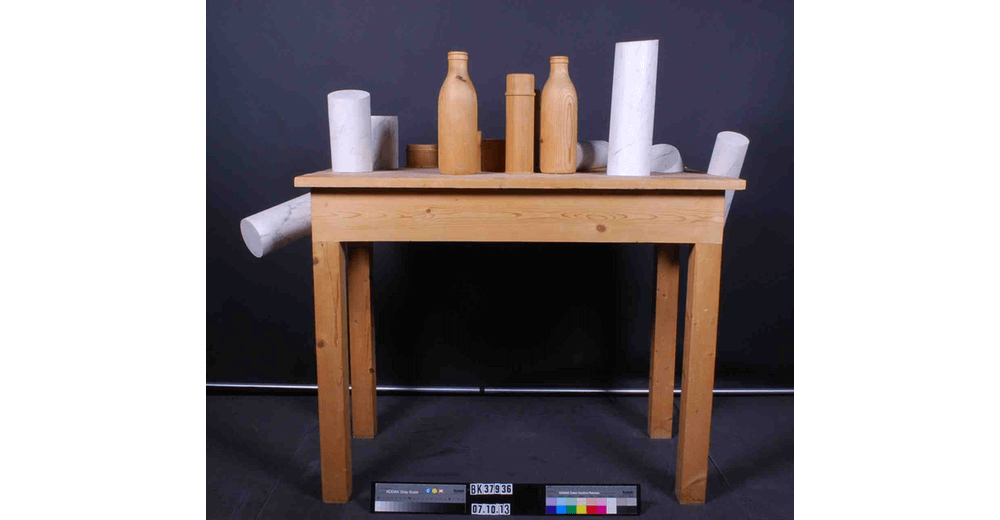This comparative research investigates the effect of dry cleaning materials on untreated pinewood. An inventory of dry cleaning materials was compiled based on research, review and evaluation of relevant literature. Various properties of dry cleaning materials were evaluated. Based on this evaluation a selection was made of fifteen different materials.
After investigating the composition of surface dirt we concluded that the artificial soil recipe developed by
Ormsby and Phenix can be used to reconstruct a soiled wooden surface. This reconstruction was used in the
experiments that determined the effectiveness and controllability of the cleaning materials. With this
reconstruction, and the naturally soiled aged test surface, tests were conducted to determine the effectiveness and controllability of the cleaning materials. Both were assessed by visual observation, and by utilising a Hirox digital microscope.
Furthermore, the effects of the cleaning materials on the surface were examined. In this series of experiments gloss change, colour change, degradation of surface topography and presence of residual material was tested. The aforementioned properties were examined by means of UV fluorescence microscopy. Tri-Gloss master (85°), the Minolta spectrophotometer, Scanning Electron Microscope and Hirox digital microscopy.
It was concluded that, based on the experiments carried out within the scope of this research, the most appropriate cleaning materials are Akapad White and Soft, Smoke sponge, Sofft tools and make-up sponges.

